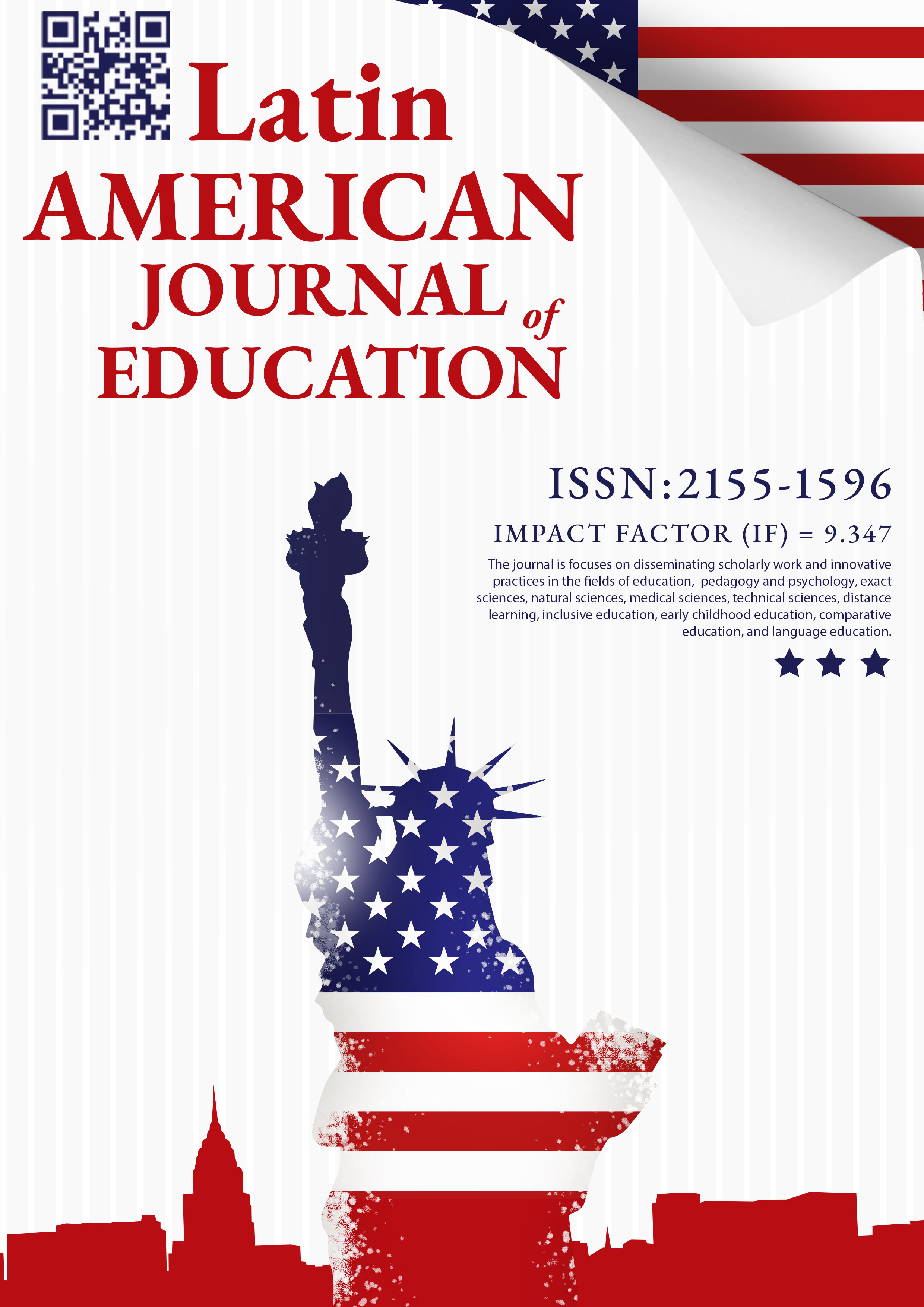“PERSUASION BEYOND LANGUAGE: PARALINGUISTIC STRATEGIES IN POLITICAL COMMUNICATION”
Keywords:
political discourse, persuasion, paralinguistics, multimodality, gestures, gaze, critical discourse analysisAbstract
Political communication increasingly relies on paralinguistic and multimodal strategies that enhance persuasive impact beyond verbal content. This paper examines how non-verbal cues—such as intonation, prosody, gesture, gaze, and facial expression—operate as persuasive resources in political discourse. Drawing upon frameworks of Critical Discourse Analysis (Fairclough, 1989, 2010), discourse and power (van Dijk, 2008), and multimodal semiotics (Kress & van Leeuwen, 2021), the study synthesizes prior research and recent empirical findings to demonstrate that paralinguistic means play a decisive role in shaping ideological interpretation and emotional resonance. By integrating theoretical and empirical perspectives, the paper identifies key functions of paralinguistic persuasion—emotional alignment, authority display, credibility enhancement, and affective synchronization—and discusses their implications for democratic deliberation and media perception.
References
1. Beard, A. (2000). The language of politics. Routledge. Bull, P. E. (1986). The use of hand gestures in political speeches: Some case studies. Journal of Language and Social Psychology, 5(2), 102–118.
2. Bucy, E. P., & Bradley, S. D. (2004). Presidential expressions and viewer emotion: Counter-empathic responses to televised leader displays. Social Science Information, 43(1), 59–94.
3. Bucy, E. P., & Grabe, M. E. (2021). Image bite politics: News and the visual framing of elections. Oxford University Press.
4. Crystal, D. (2008). Paralinguistics. Cambridge University Press.
Dancygier, B., & Sweetser, E. (2021). Figurative language and multimodal communication. Cambridge University Press.
5. Fairclough, N. (1989). Language and power. Longman.
6. Fairclough, N. (2010). Critical discourse analysis: The critical study of language (2nd ed.). Routledge.
7. Guyer, J. J., Briñol, P., Vaughan-Johnston, T., Fabrigar, L. R., Moreno, L., & Petty, R. E. (2021). Paralinguistic features communicated through voice can affect appraisals of confidence and evaluative judgments. Journal of Nonverbal Behavior, 45(4), 479–504.
8. Johansson, M., & Nyström, M. (2023). Persuasion through voice and face: Multimodal alignment in televised debates. Discourse & Society, 34(2), 123–142.
9. Kampf, Z., & Wodak, R. (2020). Strategies of populist performance: Multimodal enactments of power and proximity. Journal of Language and Politics, 19(4), 523–547.
10. Kress, G., & van Leeuwen, T. (2021). Reading images: The grammar of visual design (3rd ed.). Routledge.















